IFAD: Invest in rural areas to end hunger
Highlights
- Small farms under 5 hectares produce almost half of the world’s food – on less that one fifth of the farmland
- Focus to be made on new and innovative ways to finance the fight against hunger and malnutrition
By Admin
The President of the International Fund for Agricultural Development (IFAD), Alvaro Lario, has said there should be more focus on investing and funding to the rural areas in order to end hunger.
He said, it is in rural areas where food crops are grown. “Our best chance of delivering on our commitment to end hunger by 2030 lies in scaling up investments, and developing new and innovative ways to mobilize funding,”
He was speaking at United Nations Members States at a special event on Financing to End Hunger, Food Insecurity and Malnutrition in all its forms at the annual High Political Forum on Sustainable Development in New York.
In a short video statement, Lario reminded the audience that the funding gap to end hunger is immense and called for more funding to transform food systems and develop rural areas.
Estimates show that every dollar spent on resilience now saves up to 10 dollars in emergency aid in the future. Lario flagged the need to be smarter with the funding.
“We have to better direct the funding we have to where it is needed most, in particular rural areas of low-income countries where hunger is most prevalent.”
He added: “These are the same areas that should be producing enough food and are the areas that can benefit the most from investments.”
Small farms under 5 hectares produce almost half of the world’s food – on less that one fifth of the farmland.
Yet, rural populations in developing countries are amongst the world’s poorest and hungriest. Small-scale farmers receive less than one percent of global climate finance.
For the past two decades, Official Development Assistance (ODA) for agriculture has been stagnant at just 5-6 percent of total ODA, nearing US$10 billion in recent years, and falling short of the needs.
At the same time, investment in agriculture is estimated to be at least 2-3 times more effective in reducing poverty than investment in other sectors.
Lario also called for new and innovative ways to finance the fight against hunger and malnutrition.
“By crowding-in technical and financial investments from the private sector, we can scale up approaches that build rural economies without poverty and hunger,” he said.
The private sector is an integral part of closing the SDG financing gap. For small-scale farmers, private sector investment is a lifeline, providing access to capital, employment opportunities, technology and markets.
To that end, IFAD is investing in promising small and medium enterprises in rural areas and small agrifood businesses to strengthen their services to small-scale farmers and provide farmers access to technology and markets, ultimately attracting additional investments from the private sector.
By de-risking investments and creating an enabling environment, IFAD is able to foster more public-private partnerships with agrifood businesses and entrepreneurs.
According to the 2023 State of Food Security and Nutrition in the World (SOFI) about 735 million people were undernourished or hungry in 2022, 122 million people more compared to 2019, before the COVID19 pandemics.
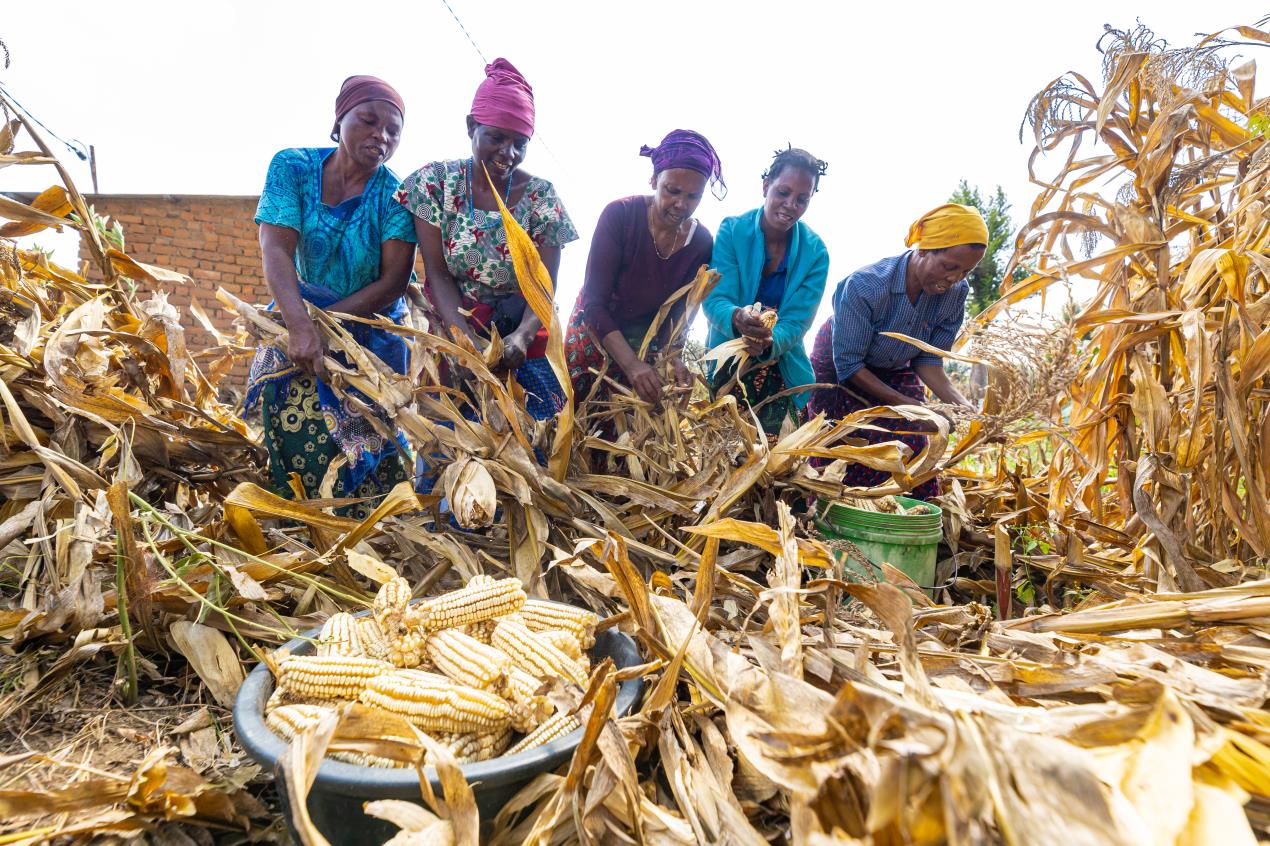
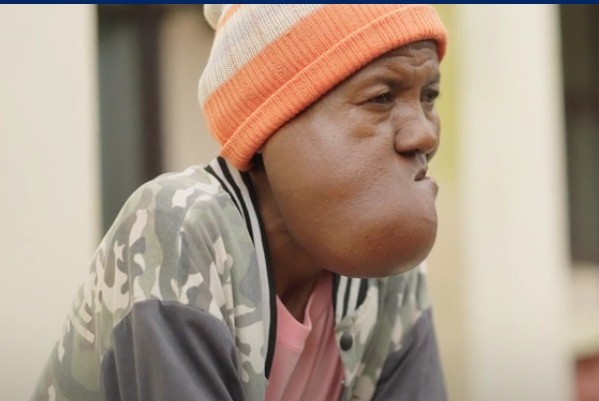
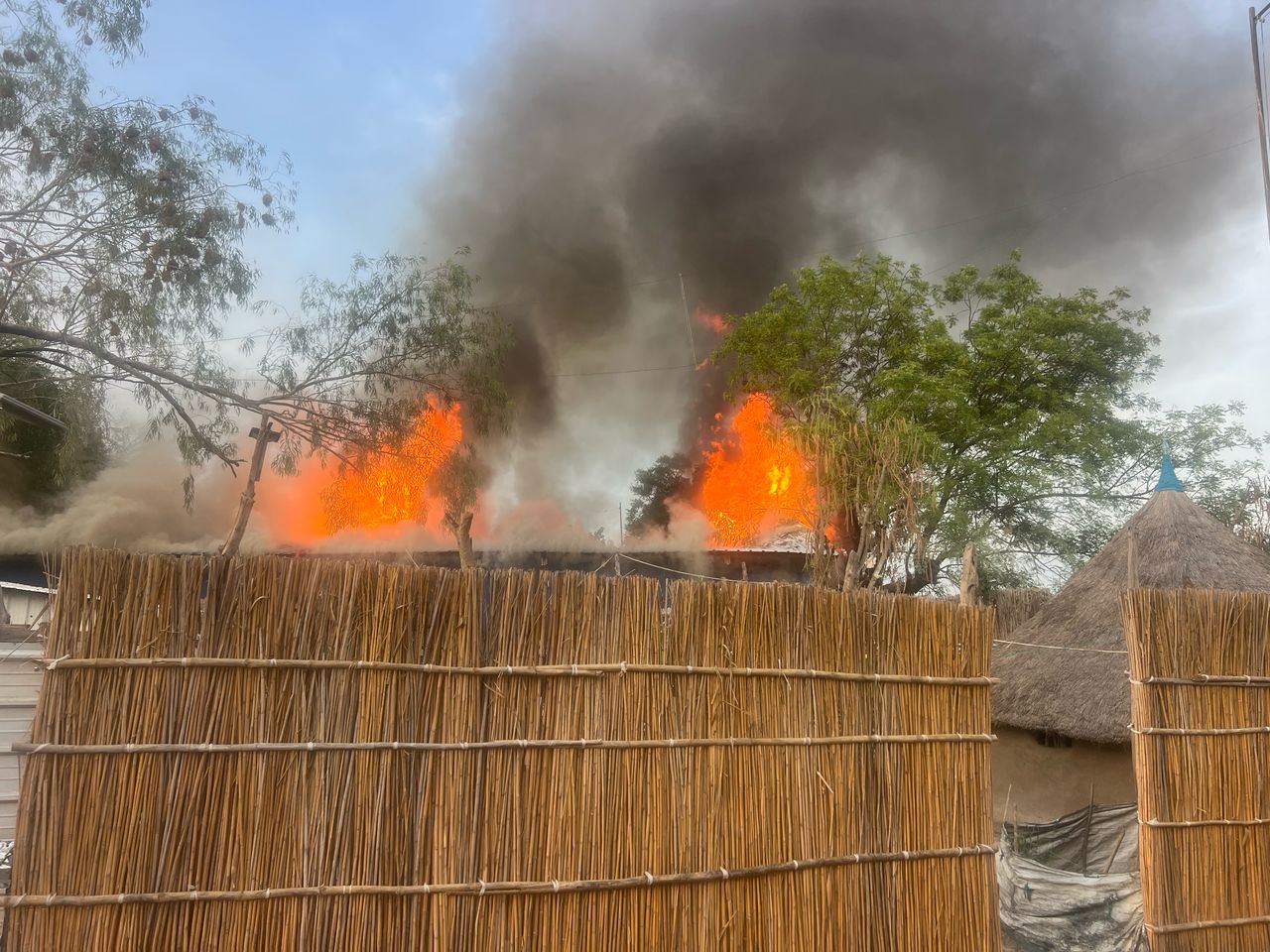
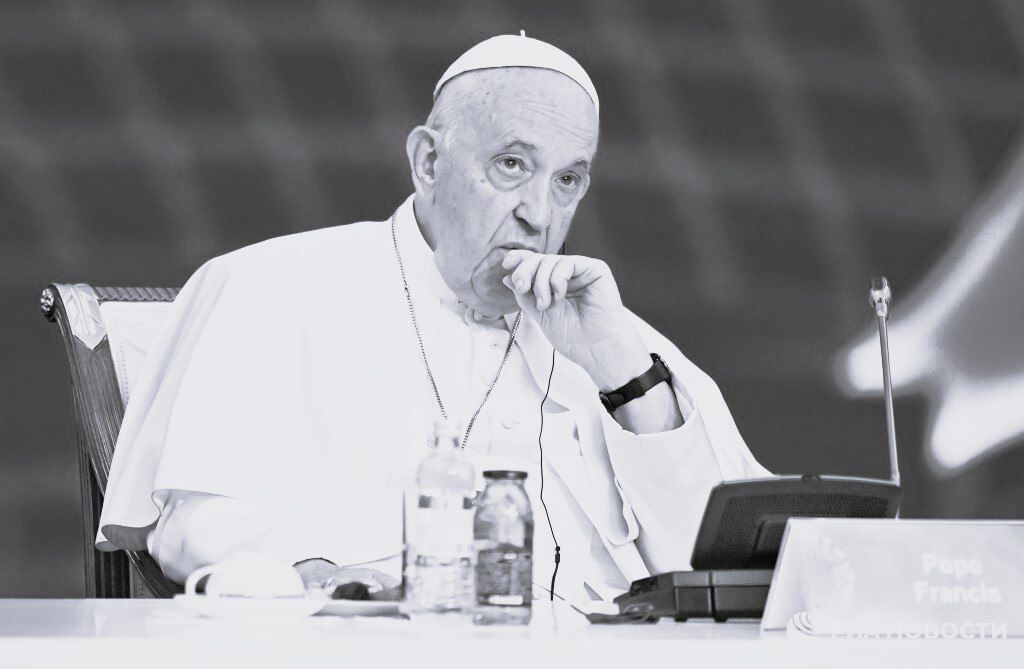
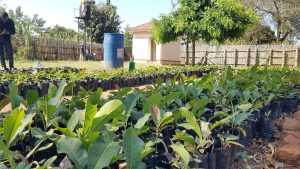

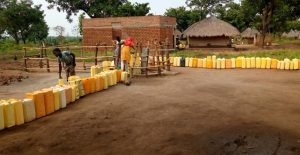
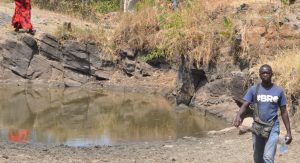
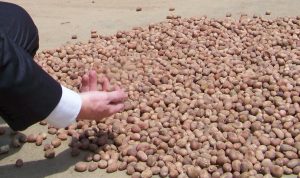
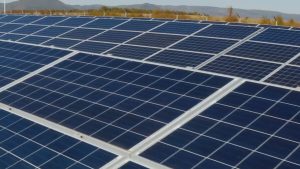

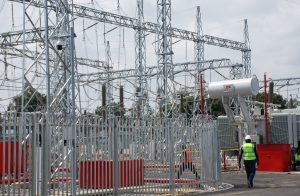

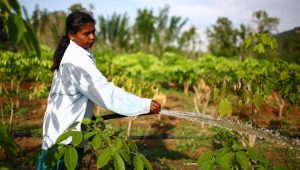
Post Comment